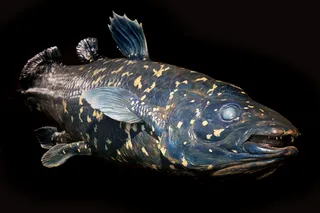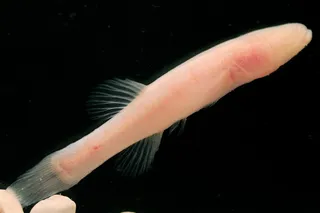Two friends of mine, whom I’ll call Art and Judy Smith, had gone through a difficult time in their marriage, and after both had had extramarital affairs, they separated. Recently, however, they had come back together, in part because the separation had been hard on their children. Now Art and Judy were working to repair their damaged relationship, and both had promised not to resume their infidelities. Still, the legacy of suspicion remained.
Art phoned home one morning while he was out of town on a business trip. A man’s deep voice answered the phone. Art’s throat choked instantly as his mind groped for an explanation. (Did I dial the wrong number? What is a man doing there?) Not knowing what to say, Art blurted out, Is Mrs. Smith at home? The man answered matter-of-factly, She’s upstairs getting dressed.
In a flash, rage swept over Art. He screamed inwardly to ...














